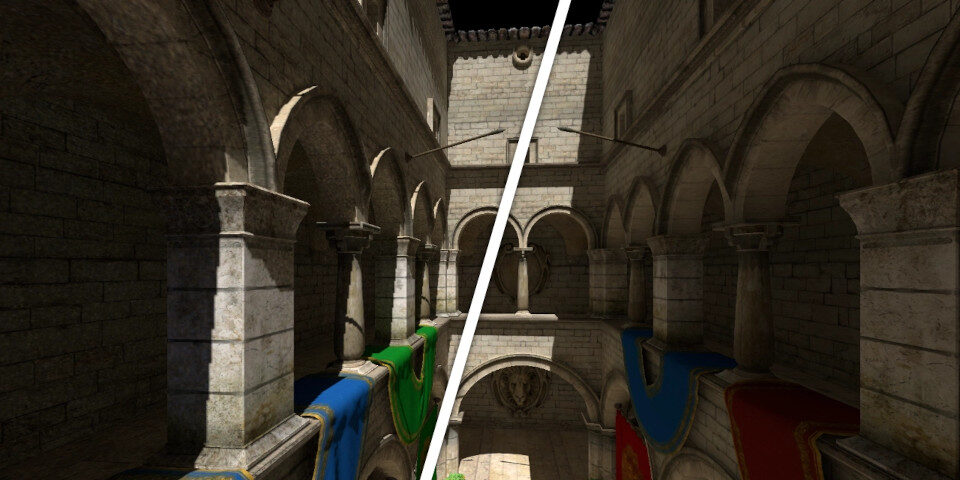Godot 4.2 ships: check out 5 key features for CG artists
The Godot team has released Godot 4.2, the latest version of the open-source game engine.
It’s a sizeable release, featuring updates throughout Godot’s key toolsets, so below, we’ve picked out five changes likely to affect games artists as opposed to programmers.
1. New gizmos in the 3D viewport
For day-to-day work, one significant change in Godot 4.2 is the redesign of the 3D gizmos.
Whereas objects were previously displayed in the viewport as a center point and symmetrical extents, they can now be resized along each axis individually.
The new gizmos can be used for collision shapes and Constructive Solid Geometry as well as standard polygonal geometry.
2. FSR 2.2 improves viewport frame rates
Godot 4.2 introduces support for FSR 2.2, the latest version of FidelityFX Super Resolution, AMD’s GPU-agnostic render upscaling technology.
The implementation improves frame rates in Godot applications by enabling Godot to render output at lower resolution, then upscale the output to match the user’s display.

3. Fast new JNLM denoiser for lightmaps
For denoising lightmaps, the update introduces JNLM, a new GPU-based denoiser that replaces Godot’s implementation of Open Image Denoise (OIDN), described as “extremely bulky and slow”.
Although OIDN now supports GPUs, technical incompatibilities meant that Godot used the older CPU-only version, and was confined to a single CPU thread.
4. Better GPU particles
The GPU particle effects toolset has also been expanded, with users now able to change particle emission amounts, and directly animate particle velocity over particle lifetime.
GPU particles can also now inherit projectile velocity.
According to the Godot team, Godot 4.2 “mark[s] the point [at which GPU particles] start to deviate from CPU particles”, with new GPU-only features due in future releases.
5. Improved 3D file import
Godot 4.2 also introduces new options for importing 3D files, including the option to play back animations in the preview window.
The glTF importer has been updated, and supports the KHR_materials_emissive_strength extension, responsible for representing Blender’s emission multiplier.
Other new features and workflow improvements
Other changes to Godot’s artist tools include the return of onion skinning for animation, introduced in Godot 3.0, but disabled in previous Godot 4.x releases.
2D HDR rendering is now available for the Forward+ and Mobile rendering methods, making it possible to use 3D effects like glow in 2D games.
There are also improvements to tilemap editing, navigation meshes, and to the Godot Editor UI, the coding tools, and platform support.
A compatibility-breaking update
Godot 4.2 is also a compatibility-breaking release, due to changes to Godot’s Mesh format to allow for vertex and attribute compression.
The changes, intended to improve rendering performance, particularly on mobile devices, mean that the Godot 4.2 Mesh format cannot be loaded in previous versions of Godot.
Availability and system requirements
Godot 4.2 is available under the MIT licence for 32-bit and 64-bit Windows, and 64-bit Linux and macOS. There are also browser-based and Android ports of the Godot Editor.
Read a full list of new features in Godot 4.2 on the Godot team’s blog
Download Godot from the game engine’s website
Have your say on this story by following CG Channel on Facebook, Instagram and X (formerly Twitter). As well as being able to comment on stories, followers of our social media accounts can see videos we don’t post on the site itself, including making-ofs for the latest VFX movies, animations, games cinematics and motion graphics projects.
